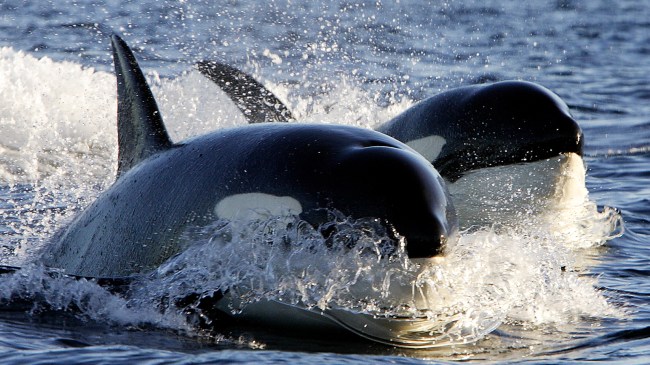iStockphoto
Boaters in the vicinity of the Iberian Peninsula have been on high alert over the past few years thanks to orcas that have attacked hundreds of vessels in the area, and a new study has floated an alternative explanation for a spree with seemingly no end in sight.
Orcas may be apex predators at the top of the food chain in the waters they call home, but humans usually don’t have to worry about ending up in their crosshairs. However, that hasn’t been the case for people who’ve traversed the waters near the Strait of Gibraltar since 2020.
As things currently stand, there have been more than 500 reported instances of orcas interacting with and attacking yachts, catamarans, and other large boats in a four-year span where at least five of those vessels were sent to a watery grave (there haven’t been any human fatalities, but a number of people have been treated for minor injuries largely suffered while being forced to abandon ship).
The uncharacteristic behavior was initially linked to an orca dubbed “White Gladis” who scientists believe had taught members of her pod to attack boats (with a focus on their rudders) after being injured by one that struck her shortly before the fairly alarming behavior was first observed.
With that said, other marine biologists shared alternative theories, including one that suggested a recent rise in the bluefin tuna population in the region had made it easier for the orcas to get their food fix and subsequently had more time to turn their attention to boats that they’ve simply targeted for their own amusement while staving off boredom.
According to NBC News, those tuna are at the center of a new paper by members of the Bottlenose Dolphin Research Institute that was recently published in Ocean and Coastal Management, as the scientists behind the study believe the boats are serving as a stand-in for the smaller (and more mobile) prey as adult orcas teach younger members of the species how to hunt.
Bruno Diaz Lopez, the institute’s chief biologist, outlined the basics of the theory in an interview, saying:
“They need to ram, they need to hit, they need to bite to isolate this large tuna. And then this has to be in cooperation.
So how do they reinforce this technique? Practicing.”
While experts may be getting closer to the actual explanation, they’re still fairly stumped when it comes to strategies to prevent the attacks in the first place; attempts to throw sand into the water, paint hulls different colors, and even play heavy metal music have largely failed to have the desired effect.

